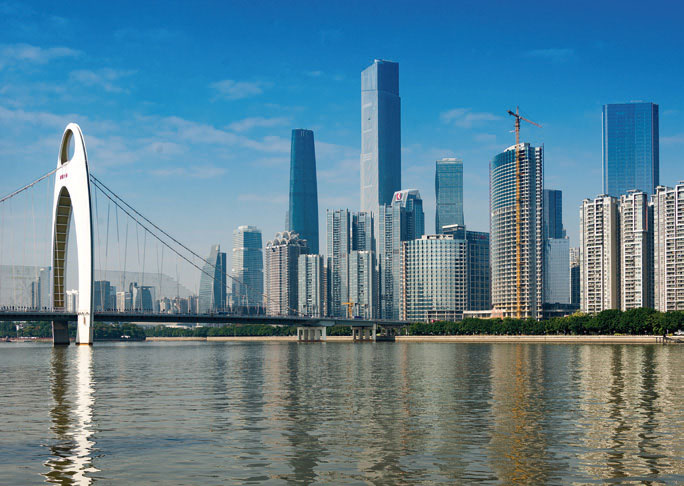A summary of research on Africans at SYSU in Guangzhou, China
<p align=\"left\">Known as the pilot site of China’s reform and opening up, and the ‘workshop of the world’, Guangzhou is attractive for its low cost of living, proximity to manufacturing suppliers, and as host to the Canton Fair. Contemporary African immigration to Guangzhou began in the late 1990s and reached its peak in the year 2010. According to official statistics, there were 11,000 Africans living in Guangzhou, while the number of inbound African tourists was over 500,000 in 2016. At Sun Yat-sen University, researchers from a variety of disciplines such as Public Management, Economics, Urban Planning, Sociology and Anthropology have conducted a number of studies on migration.</p>
Before 2010, when Guangzhou hosted the Asian Games, most Public Management studies focused on foreigners’ illegal entry, illegal residence and illegal work (termed the ‘three illegals’ for short) and their negative impacts. Since 2009, LI Zhigang and his team have studied the socio-spatial features and the organizing principles of African ethnic enclaves from the perspective of residential segregation.1 Urban Planning scholars have examined how African immigrants explore and make sense of places like the business area of Xiaobei or religious sites such as the Sacred Heart Cathedral. A number of sociological works examine the collective life of these groups through the lenses of social networks, social adaptation and mutual perceptions between non-African Guangzhou citizens and African immigrants. In his doctoral thesis, XU Tao conducted a qualitative analysis of African merchants’ adjustments to changes that took place in 2010. LIANG Yucheng (2013 2 ) examined the mechanisms of African migrants’ transnational migration and collaborated with LIU Lin et al (2015 3 ) to study their living conditions in local communities, both using the survey data.
While some social scientists have viewed the African community in Guangzhou as a more or less homogenous group, anthropologists ZHOU Daming and XU Duotian have in their recent work (20174 ) emphasized ethnic heterogeneity and explored certain groups such as shopping-guide brokers. African Muslims in Guangzhou were one of the main topics of MA Qiang’s doctoral thesis (2005), in which he proposed the concept of a ‘mobile spiritual community’ (liudong de jingshen shequ) based on Islamic belief. NIU Dong (2015) focused on Africans’ household, neighborhood and associations, and raised a new analytic framework of ‘the transient (guoke)’ that highlights transnational mobility and minimal integration among these sojourners. Among the various research methods applied in the studies of African migrants, sociologists have mainly used large-scale social survey data, and anthropologists have begun to conduct in-depth fieldwork through which abundant qualitative information can be collected. Indeed, the qualitative approach seems to have gained popularity recently, as geographers and urban planning researchers, such as the team led by LI Zhigang, now use both questionnaires and interviews in their research.
Daming Zhou, Professor at School of Sociology and Anthropology and Director of the Center for Migration and Ethnic Studies, Sun Yat-sen University, hsszdm@mail.sysu.edu.cn
